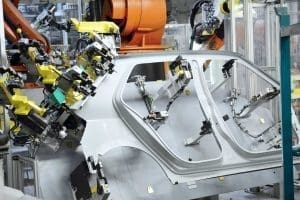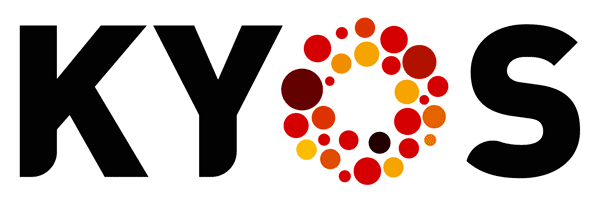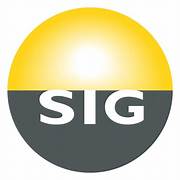Metals
You can trade various metals at a large number of exchanges, enabling companies to perform metal risk management. The base metals include for example copper, lead, tin, nickel, zinc and aluminium. In many cases, base metal products are sold with prices indexed to the underlying market.
The KYOS portfolio & risk management system captures your metal inventory, production/consumption figures and the contracted volumes. Combining these physical flows with financial market prices lead to a clear insight in future cash-flows.
Business improvement
Multiple category buyers profit from automated commodity market price analytical functions. Each user is able to define a category specific portfolio of commodities. No more use of spreadsheets as all category buyers use the same integrated commodity & risk management system. The Chief Procurement Officer has an up-to-date helicopter overview and compliance and consistency is secured for all categories. You save valuable time by sharing your analysis across the organization as multiple colleagues can view the results.



Cost savings – KYOS portfolio & risk management system
In the KYOS portfolio & risk management system users have the possibility to compare several commodity price formulas in a split second. Cash-flow forecasting becomes an automated process. It takes less time to calculate the best applicable formula compared to an analysis done in Excel, therefore resulting in significant lower costs with less time spent.
Excel has proven to be a pitfall for many companies in terms of costs, mistakes, hidden risks and potential fraud. Likewise, ERP systems such as SAP look backwards instead of to the future and cannot perform the required risk management calculations. The KYOS portfolio & risk management system however can help you out: it captures years of experience in managing risks of commodity contracts and market price volatility, leading to effective commodity hedging strategies.
Managing cash-flow variance
The higher and more frequent market prices move up or down the higher its volatility. Volatility is often expressed in a percentage and can be calculated for e.g. interest rates, currencies (FX) and commodities. A highly volatile market price is not per definition a bad situation but you probably feel more comfortable with less volatile costs. Copper has shown an average volatility above 20% in recent 5 years. This is more than double the volatility of EURUSD in the same period. Calculating the volatility should be an integrated part of your metal risk management strategy.
The system combines your projected positions with automated market price analytics. It will provide you with clear insight in the current cash-flow and potential cash-flow variance versus management expectations. As a result, you will have a better insight in project cash-flows and the associated risks. Another advantage is that avoidance of unexpected cash-flow movements will add value to your organization.
Fixed or floating prices – Metal risk management
Procurement needs to find a balance between fixed and floating prices. The KYOS portfolio & risk management system will help you to find your “risk and reward” optimum by simulating multiple cash-flow variances. It will also provide you with clear insight in the potential project cash-flows given any variance between fixed and floating prices. Moreover, you will build your metal risk management policy on sophisticated calculations combined with your market experience.
In short: better metal risk management starts by managing your cash-flow variances and will subsequently lower your required working capital.
Solutions
Multi-commodity risk management
Trusted by organizations all over the world
Other Industries
Renewables
Sources of renewable power or green energy are the future. KYOS helps you with valuing your solar, wind, battery or pumped-hydro energy assets, as well as your (renewable) power purchase agreements (PPAs).
Read more ›Power
Where are power prices going? What is the value of my power station or contract? How can I trade in the market to reduce electricity price risks? KYOS analytics provide answers.
Read more ›Natural gas
Natural gas portfolio management is all about managing price and volume risks. KYOS helps to optimize natural gas storage and swing contracts, and trade in the markets to maximize the flexibility value.
Read more ›





















































































